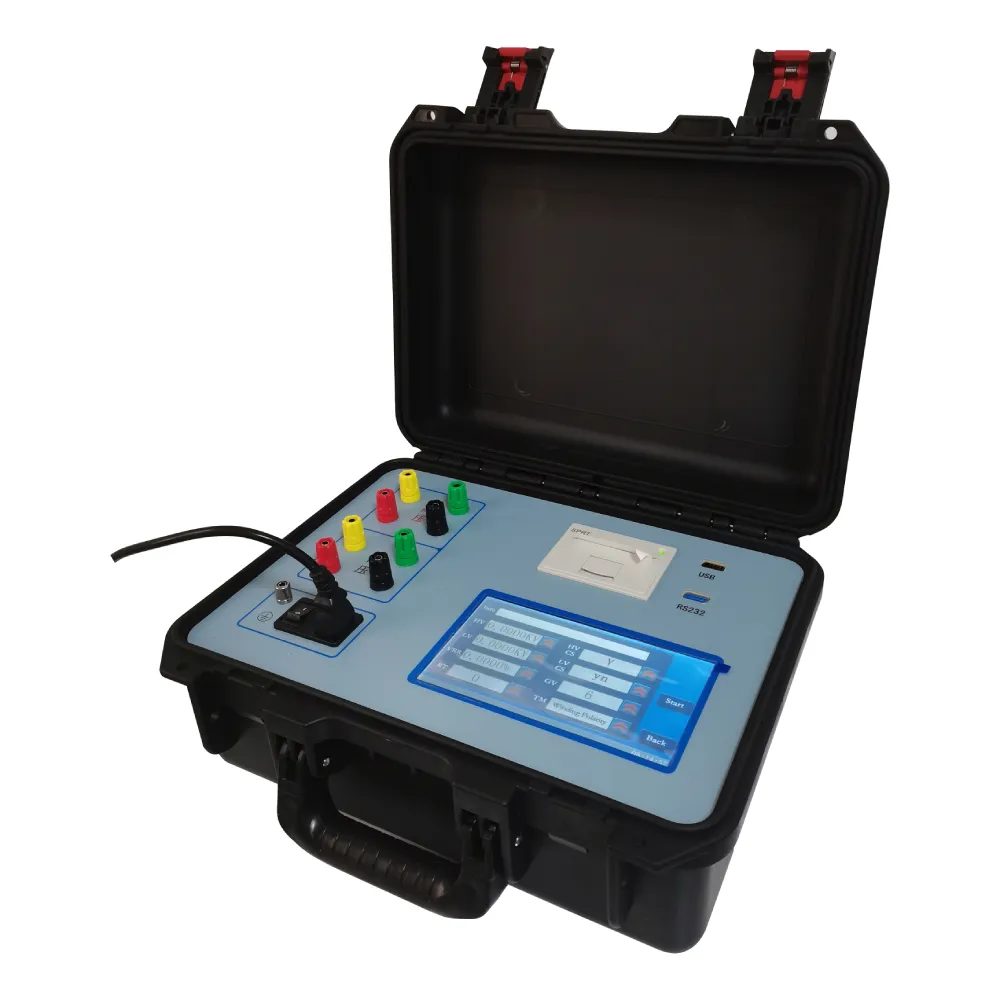 English
English



-
 Afrikaans
Afrikaans -
 Albanian
Albanian -
 Amharic
Amharic -
 Arabic
Arabic -
 Armenian
Armenian -
 Azerbaijani
Azerbaijani -
 Basque
Basque -
 Belarusian
Belarusian -
 Bengali
Bengali -
 Bosnian
Bosnian -
 Bulgarian
Bulgarian -
 Catalan
Catalan -
 Cebuano
Cebuano -
 China
China -
 China (Taiwan)
China (Taiwan) -
 Corsican
Corsican -
 Croatian
Croatian -
 Czech
Czech -
 Danish
Danish -
 Dutch
Dutch -
 English
English -
 Esperanto
Esperanto -
 Estonian
Estonian -
 Finnish
Finnish -
 French
French -
 Frisian
Frisian -
 Galician
Galician -
 Georgian
Georgian -
 German
German -
 Greek
Greek -
 Gujarati
Gujarati -
 Haitian Creole
Haitian Creole -
 hausa
hausa -
 hawaiian
hawaiian -
 Hebrew
Hebrew -
 Hindi
Hindi -
 Miao
Miao -
 Hungarian
Hungarian -
 Icelandic
Icelandic -
 igbo
igbo -
 Indonesian
Indonesian -
 irish
irish -
 Italian
Italian -
 Japanese
Japanese -
 Javanese
Javanese -
 Kannada
Kannada -
 kazakh
kazakh -
 Khmer
Khmer -
 Rwandese
Rwandese -
 Korean
Korean -
 Kurdish
Kurdish -
 Kyrgyz
Kyrgyz -
 Lao
Lao -
 Latin
Latin -
 Latvian
Latvian -
 Lithuanian
Lithuanian -
 Luxembourgish
Luxembourgish -
 Macedonian
Macedonian -
 Malgashi
Malgashi -
 Malay
Malay -
 Malayalam
Malayalam -
 Maltese
Maltese -
 Maori
Maori -
 Marathi
Marathi -
 Mongolian
Mongolian -
 Myanmar
Myanmar -
 Nepali
Nepali -
 Norwegian
Norwegian -
 Norwegian
Norwegian -
 Occitan
Occitan -
 Pashto
Pashto -
 Persian
Persian -
 Polish
Polish -
 Portuguese
Portuguese -
 Punjabi
Punjabi -
 Romanian
Romanian -
 Russian
Russian -
 Samoan
Samoan -
 Scottish Gaelic
Scottish Gaelic -
 Serbian
Serbian -
 Sesotho
Sesotho -
 Shona
Shona -
 Sindhi
Sindhi -
 Sinhala
Sinhala -
 Slovak
Slovak -
 Slovenian
Slovenian -
 Somali
Somali -
 Spanish
Spanish -
 Sundanese
Sundanese -
 Swahili
Swahili -
 Swedish
Swedish -
 Tagalog
Tagalog -
 Tajik
Tajik -
 Tamil
Tamil -
 Tatar
Tatar -
 Telugu
Telugu -
 Thai
Thai -
 Turkish
Turkish -
 Turkmen
Turkmen -
 Ukrainian
Ukrainian -
 Urdu
Urdu -
 Uighur
Uighur -
 Uzbek
Uzbek -
 Vietnamese
Vietnamese -
 Welsh
Welsh -
 Bantu
Bantu -
 Yiddish
Yiddish -
 Yoruba
Yoruba -
 Zulu
Zulu
gas chromatography liquid chromatography
Gas Chromatography vs. Liquid Chromatography A Comparative Analysis
Chromatography is a powerful analytical technique used extensively in chemistry for the separation, identification, and quantification of components in a mixture. Among various chromatographic methods, gas chromatography (GC) and liquid chromatography (LC) are two of the most widely utilized. Each method possesses unique characteristics, making them suitable for different applications in various fields, including pharmaceuticals, environmental monitoring, food safety, and petrochemical analysis.
Gas Chromatography vs
. Liquid Chromatography A Comparative AnalysisOn the other hand, liquid chromatography operates under different principles. In LC, a liquid mobile phase carries the sample through a column packed with a solid stationary phase. This technique is ideal for separating non-volatile substances, larger molecules, and thermally unstable compounds that cannot withstand the high temperatures typically used in gas chromatography. There are various forms of liquid chromatography, including high-performance liquid chromatography (HPLC), which is extensively used in pharmaceuticals for purity testing, quality control, and compound separation. HPLC offers robustness, versatility, and the ability to work with a wide range of sample types, making it invaluable in clinical laboratories and research settings.
gas chromatography liquid chromatography

When comparing the two methods, several factors must be considered sensitivity, resolution, speed, and the nature of the samples. Gas chromatography often demonstrates superior sensitivity for volatile compounds compared to liquid chromatography. However, when dealing with thermally labile substances or larger biomolecules such as proteins or polymers, liquid chromatography is preferable. The resolution of both methods can be excellent, but the choice of stationary phase, temperature, and flow rates significantly affect the performance of each technique.
Another important aspect to consider is the speed of analysis. GC can provide rapid separations, often completing analyses in less than 30 minutes, while LC analyses may take longer, depending on the complexity of the sample and the column used. Nonetheless, advancements in liquid chromatography techniques, such as ultra-high-performance liquid chromatography (UPLC), have significantly reduced analysis times while improving resolution and sensitivity.
Cost and equipment requirements also vary between the two methods. Gas chromatography systems may require more investment in terms of gas supply and ventilation systems, while liquid chromatography can be more straightforward to set up. However, the overall operational costs will depend on the specific applications and workload in the laboratory.
In conclusion, both gas chromatography and liquid chromatography serve critical roles in modern analytical chemistry. Their respective strengths make them suitable for different applications. While GC excels in analyzing volatile compounds with high sensitivity, LC offers versatility and effectiveness for thermally sensitive and larger molecules. The choice between these methods ultimately depends on the specific requirements of the analysis, including the nature of the samples, sensitivity needed, and the desired speed of analysis. Understanding the fundamentals of both techniques enables scientists and researchers to select the appropriate method for their analytical needs, ensuring accurate and reliable results. As technology advances, both methods continue to evolve, providing even greater capabilities for the analysis of complex mixtures in various fields.
-
Using Distillation Range Testers in the Food and Beverage IndustryNewsApr.16,2025
-
The Impact of IoT on Distillation Range Tester PerformanceNewsApr.16,2025
-
The Best Distillation Range Testers for Extreme ConditionsNewsApr.16,2025
-
How Distillation Range Testers Save Time and MoneyNewsApr.16,2025
-
Distillation Devices for Advanced Separation TechniquesNewsApr.16,2025
-
Common Mistakes to Avoid When Using a Distillation Range TesterNewsApr.16,2025



